Looking for rhodochrosite in Massachusetts might seem tough at first. This pink mineral doesn’t just pop up everywhere. But with some know-how, you can find spots where it hides.
Massachusetts has some good areas where collectors have had luck over the years. Some are well-known among rock hounds while others remain secret spots shared only among friends. These places change with time as new areas open up and old ones get closed off.
I’ve put together a list of great places to help point you in the right direction. Nothing beats the feeling of spotting that pink gleam among ordinary rocks. So, let me tell you where to start your search in the state for Rhodochrosite.
How Rhodochrosite Forms Here
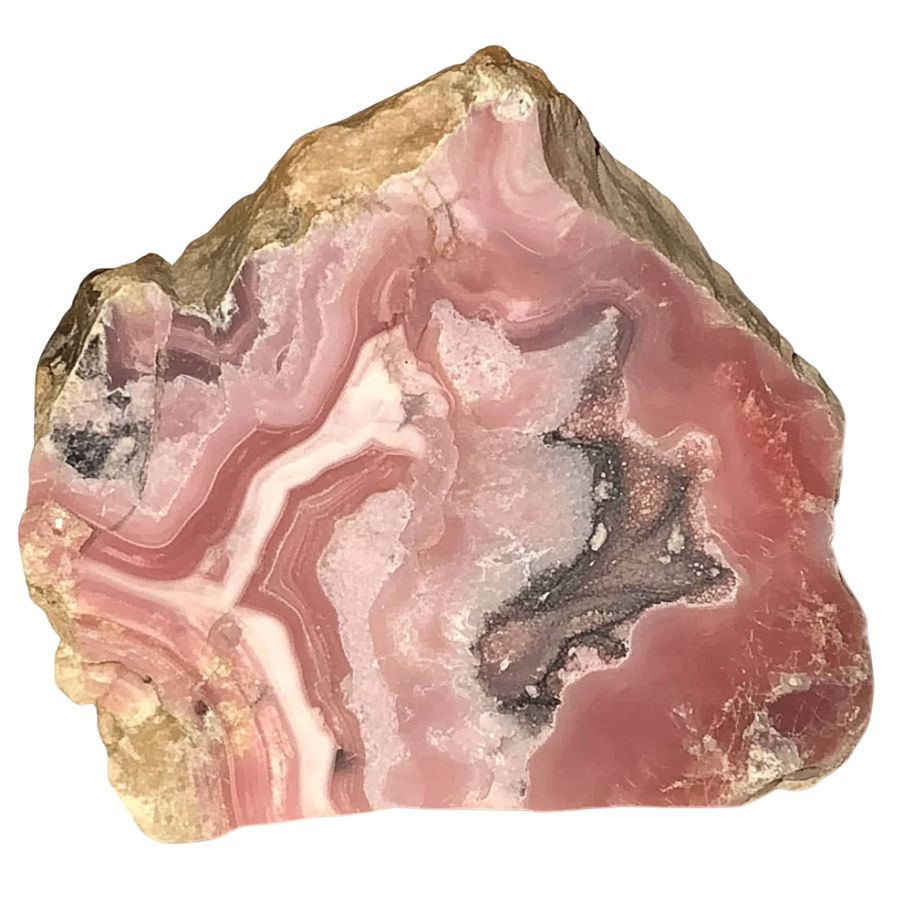
Rhodochrosite forms from manganese-rich waters seeping through cracks in rocks. When these mineral-heavy solutions mix with carbonate materials (like limestone), the magic happens!
Over time, as temperatures and pressures change deep underground, the manganese and carbonate ions come together and slowly crystallize. Sometimes, it forms in beautiful stalactites in empty spaces in rocks, while other times it shows up in hydrothermal veins alongside other minerals.
The most stunning specimens often form when the conditions are just right (not too hot, not too cold) letting the crystals grow slowly into those gorgeous pink rhombohedral shapes we love so much.
Types of Rhodochrosite
Rhodochrosite occurs in several distinct varieties. From delicate pink bands to deep crimson crystals, these variations showcase the diverse beauty of this remarkable mineral.
Pink Rhodochrosite
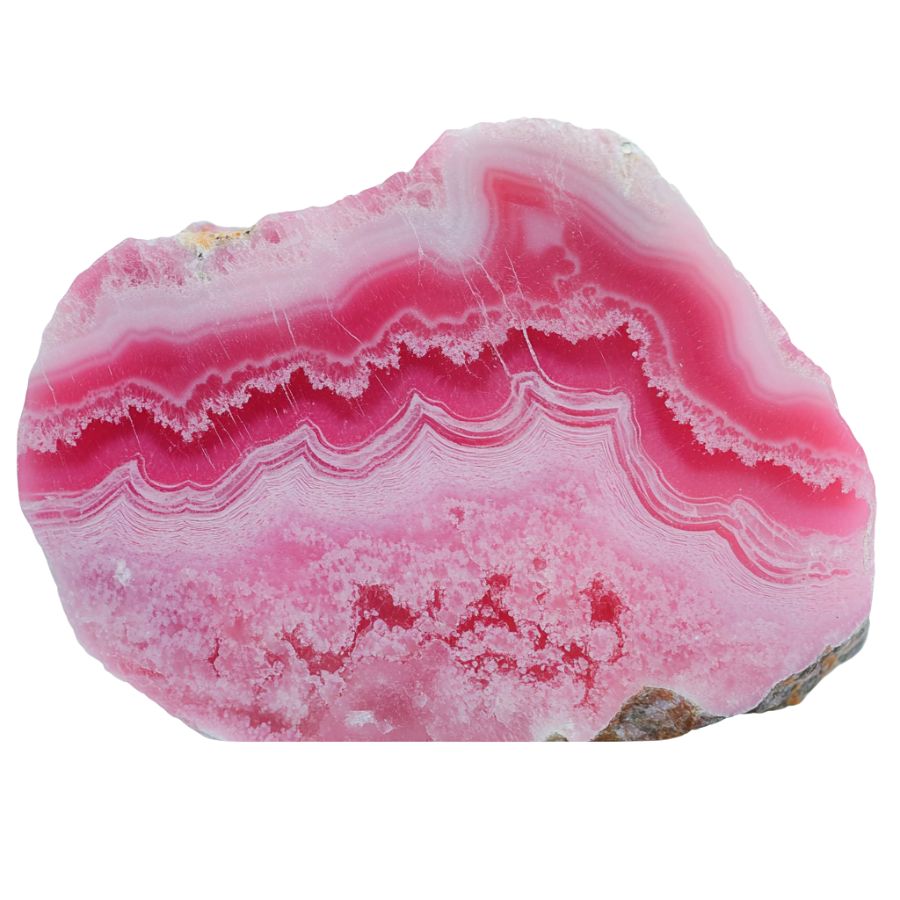
Pink Rhodochrosite displays delicate pink shades that range from soft pastel to deep rose pink. The stone features beautiful banding patterns that create swirling designs throughout its surface.
The translucent to semi-translucent nature of Pink Rhodochrosite adds to its visual appeal. This stone has a special trigonal crystal system that sometimes produces rare transparent crystals.
Fine specimens with clear, transparent crystals are particularly valuable. The best examples show sharp color zones and distinct banding patterns. Stone’s intricate patterns often resemble landscapes or abstract art.
Red Rhodochrosite
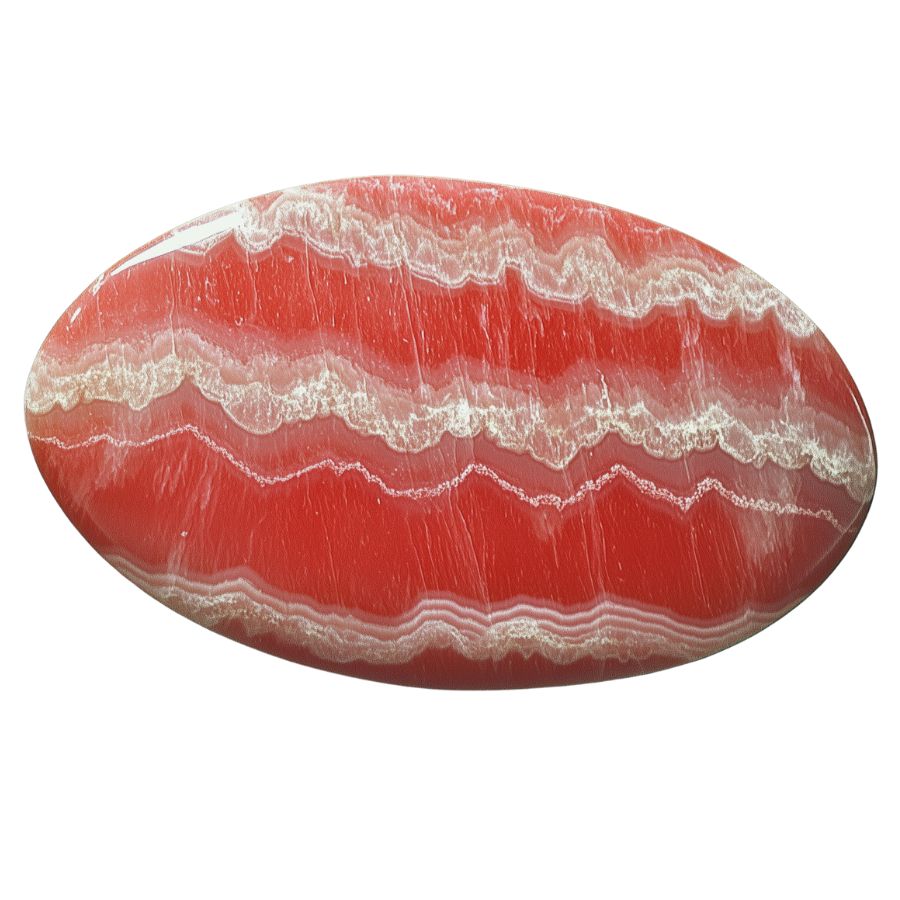
Red Rhodochrosite stands out with its bold, vibrant colors that range from bright red to deep crimson. Its intense red coloring comes from its high manganese content.
This variety can form in interesting shapes, including rhombohedral crystals and stalactite formations. When cut and polished, these formations reveal stunning internal patterns.
The crystal structure of Red Rhodochrosite allows it to form in large, well-defined specimens. These pieces often show sharp color transitions and clear crystal faces. The surface has a bright, glass-like shine when polished.
Some specimens feature dramatic color zoning, where deeper reds blend into lighter shades. This natural gradient effect makes each piece distinct and visually interesting.
Trapiche-like Rhodochrosite
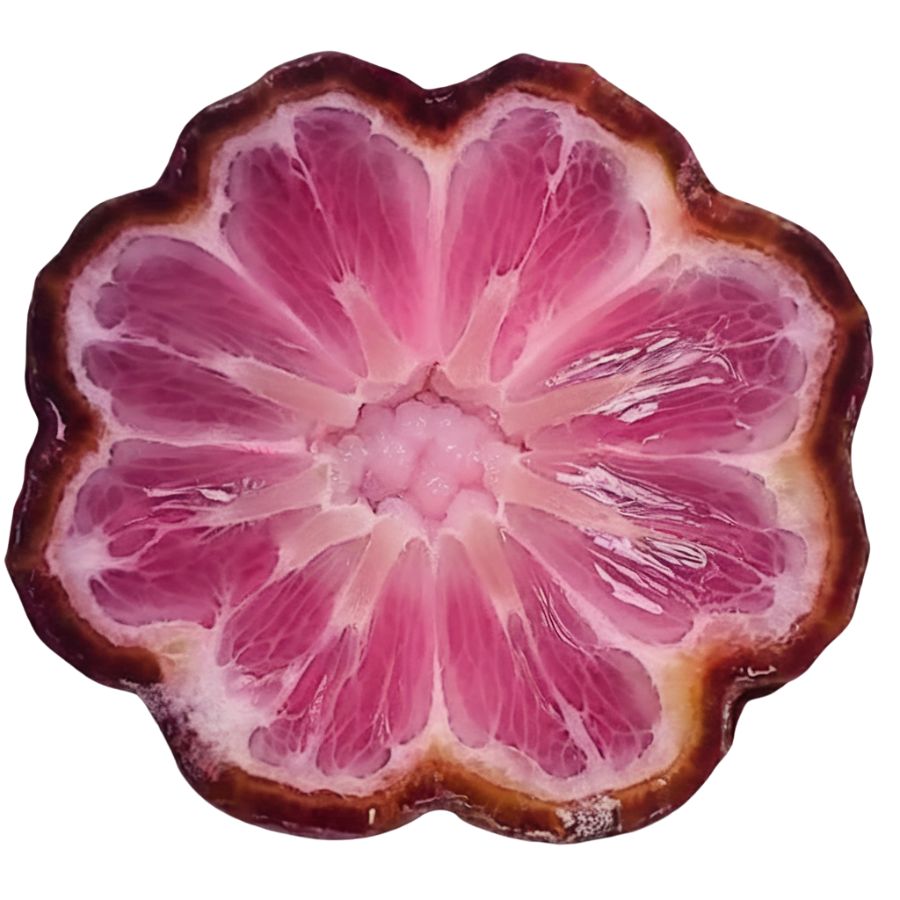
Trapiche-like Rhodochrosite showcases a remarkable star or flower-like pattern that makes it truly special. This pattern forms when crystals grow in a specific way, creating symmetrical rays that extend from the center. The result looks like a wheel with spokes or a blooming flower.
The formation process creates distinct sections within the crystal, each with its own character. These sections join at the center point, creating a natural geometric design.
When the stone is cut perpendicular to its main growth axis, its visual effect is enhanced. This orientation reveals the full beauty of the pattern and shows how the crystal sections fit together perfectly.
South African Rhodochrosite
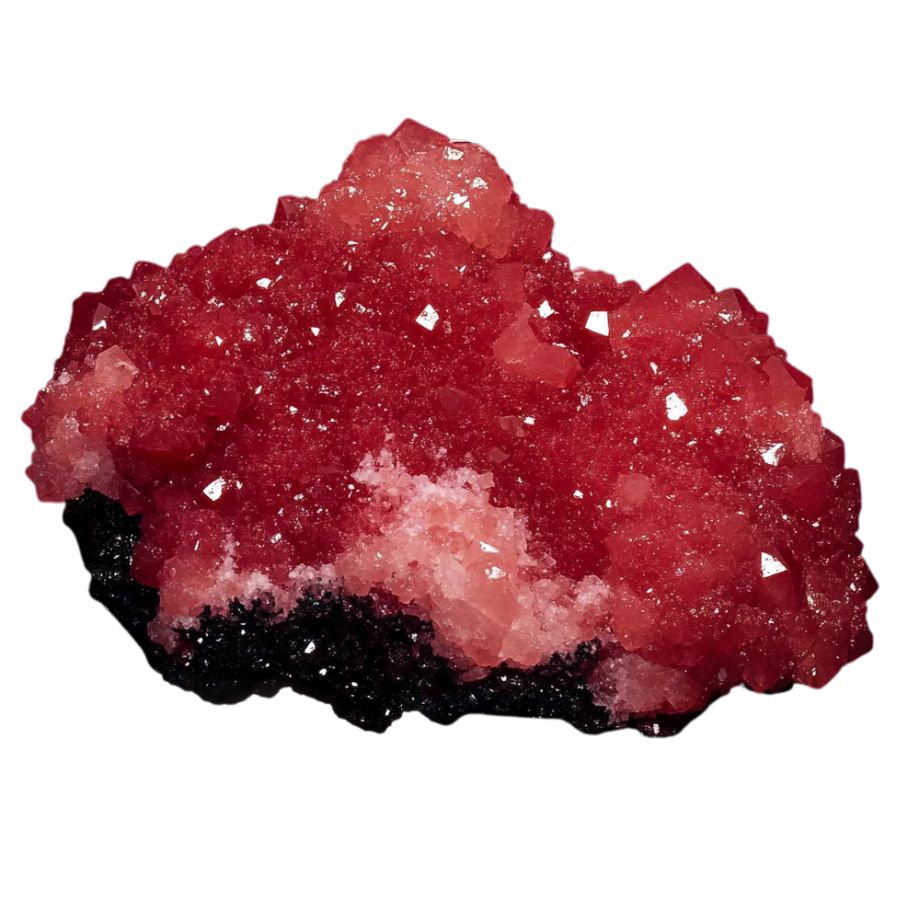
South African Rhodochrosite is known for its deep, rich blood-red color. This intense coloring sets it apart from other varieties. The stone often shows excellent clarity and depth of color which makes it particularly striking.
The internal structure of this variety creates interesting optical effects. When light passes through the stone, it can create a subtle glow that enhances its natural beauty. The crystal structure allows for excellent polish, bringing out the stone’s natural luster.
Many specimens show distinctive growth patterns that form during crystallization. These patterns can create interesting visual effects, from subtle color variations to dramatic geometric designs. The combination of deep color and natural patterning makes each piece unique.
Argentine Rhodochrosite
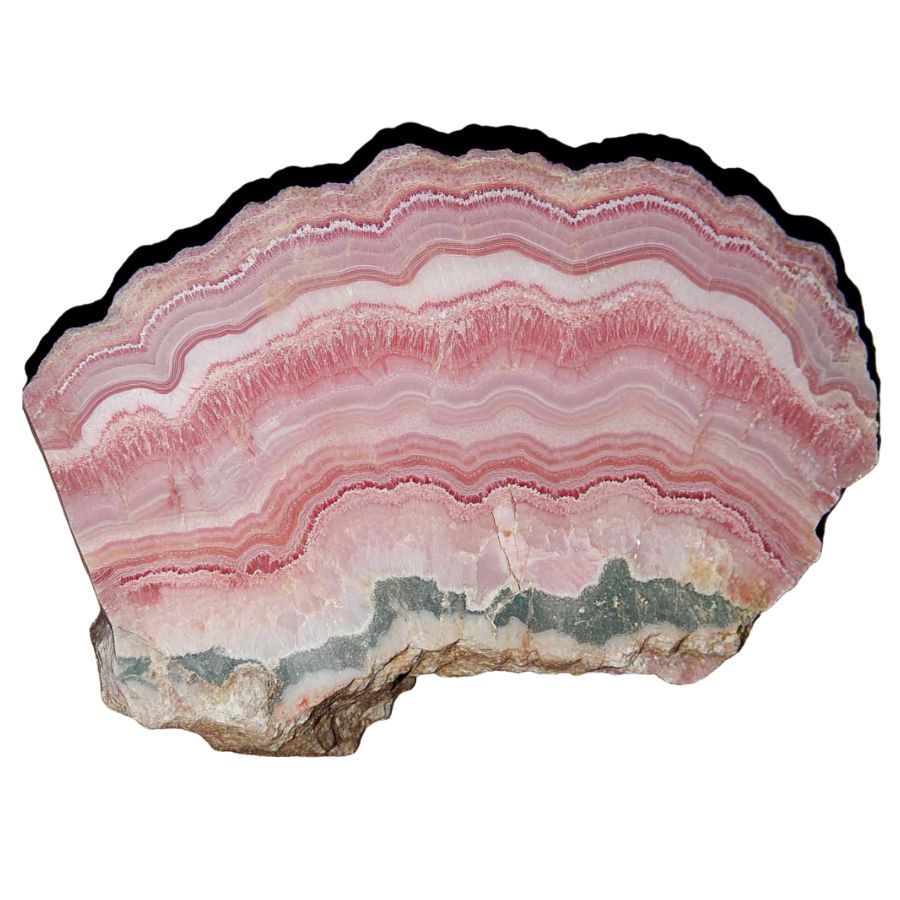
Natural bands of pink and white create stunning patterns across this remarkable stone. Delicate layering resembles fine marble artwork, making each piece unique. The colors shift between pale pink and deep red tones.
Historic significance adds to its charm as the “Inca Rose.” Ancient civilizations treasured these stones for their exceptional beauty. Many specimens show perfect crystal formations that catch and reflect light beautifully.
Exceptional purity sets Argentine specimens apart from others. Crystal formations often grow in perfect rhombohedral shapes. Traditional cutting methods reveal intricate internal patterns that collectors prize.
Colorado Red Rhodochrosite
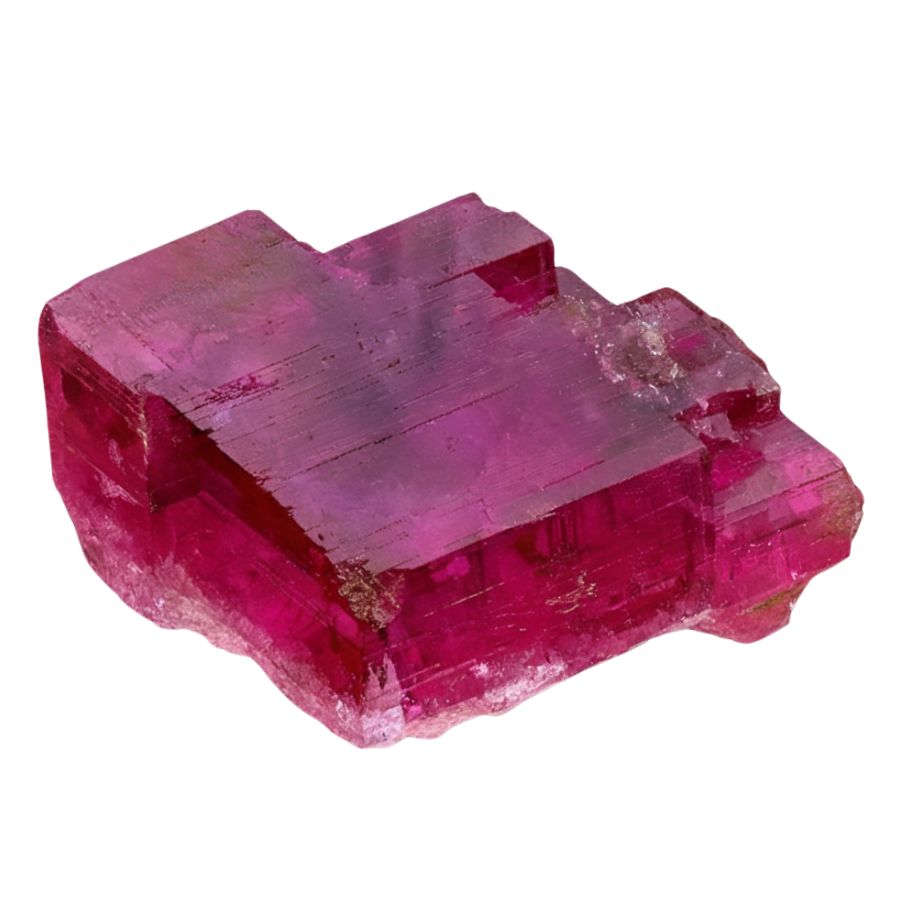
Brilliant rose-red colors distinguish this remarkable variety. Transparent specimens showcase exceptional clarity and fire. Natural light brings out deep crimson undertones that seem to glow from within.
Outstanding crystallization creates sharp, well-defined faces. Remarkable internal structures form during slow growth periods.
Superior brilliance makes these stones stand out in collections. Natural light reveals complex internal reflections. Fresh specimens maintain their vivid coloring over time. Special cutting techniques enhance the stone’s natural beauty.
Banded Rhodochrosite
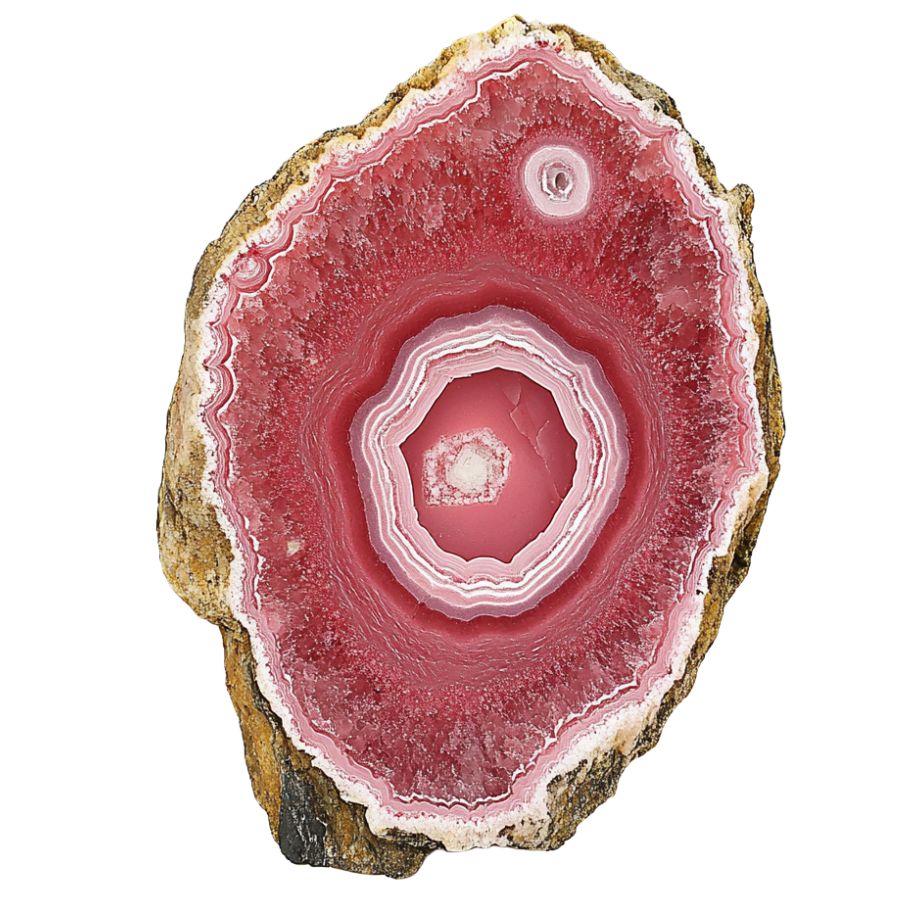
Concentric circles create fascinating patterns throughout this stone. Dramatic bands alternate between light and dark pink shades. Nature’s artistry reveals itself in each cross-section.
Perfect specimens form when mineral-rich water drips slowly over time. Natural processes create stalactite formations with distinct ring patterns.
Multiple layers build up over time to create unique patterns. Natural variation ensures no two pieces look exactly alike. Perfect cross-sections show complete circular patterns.
Peruvian Rhodochrosite
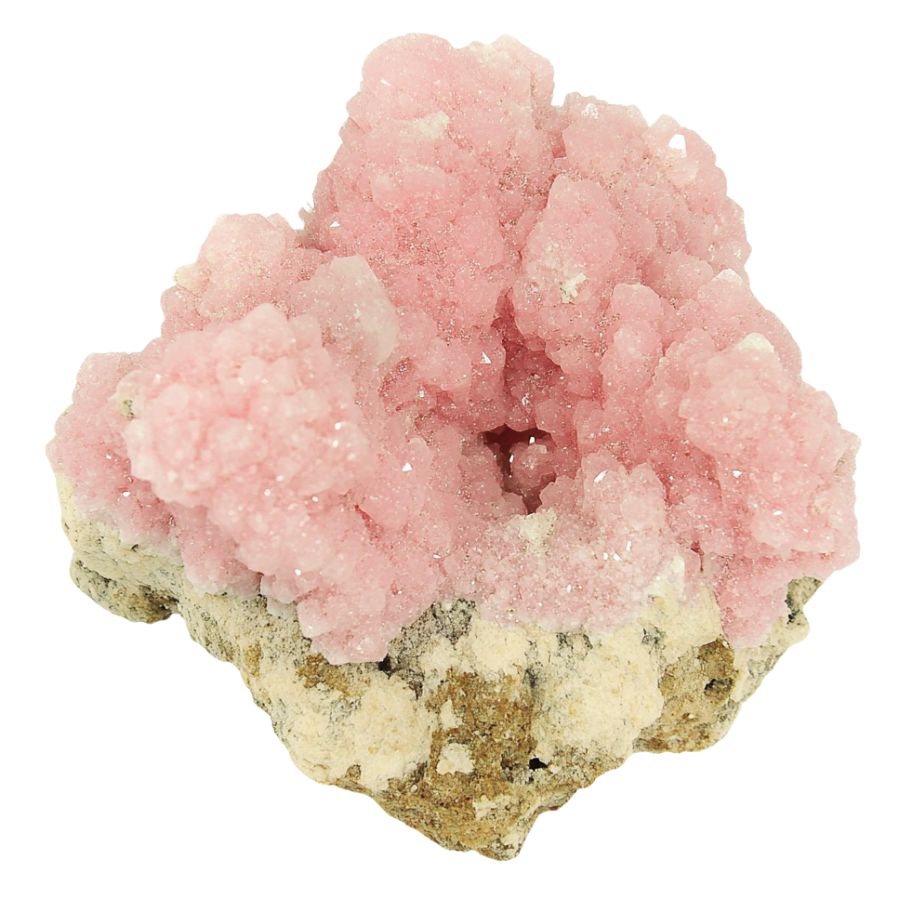
Peruvian Rhodochrosite exhibits a unique blend of pink tones with distinctive crystalline qualities. These stones often develop with exceptional clarity and a glass-like shine.
Crystal formation in these specimens tends to create angular patterns rather than rounded bands. This geometric growth pattern results in fascinating internal architectures that catch and reflect light in unique ways.
The combination of clarity and internal patterns makes these stones particularly fascinating under magnification. Collectors can observe minute details of crystal growth and formation that provide insights into the stone’s development process.
What Rough Rhodochrosite Look Like?
Rhodochrosite in its rough form can be tricky to spot, but once you know what to look for, it’s quite distinctive. Here’s how to recognize Rhodochrosite in its natural state.
Look for the Signature Pink-to-Red Color Range
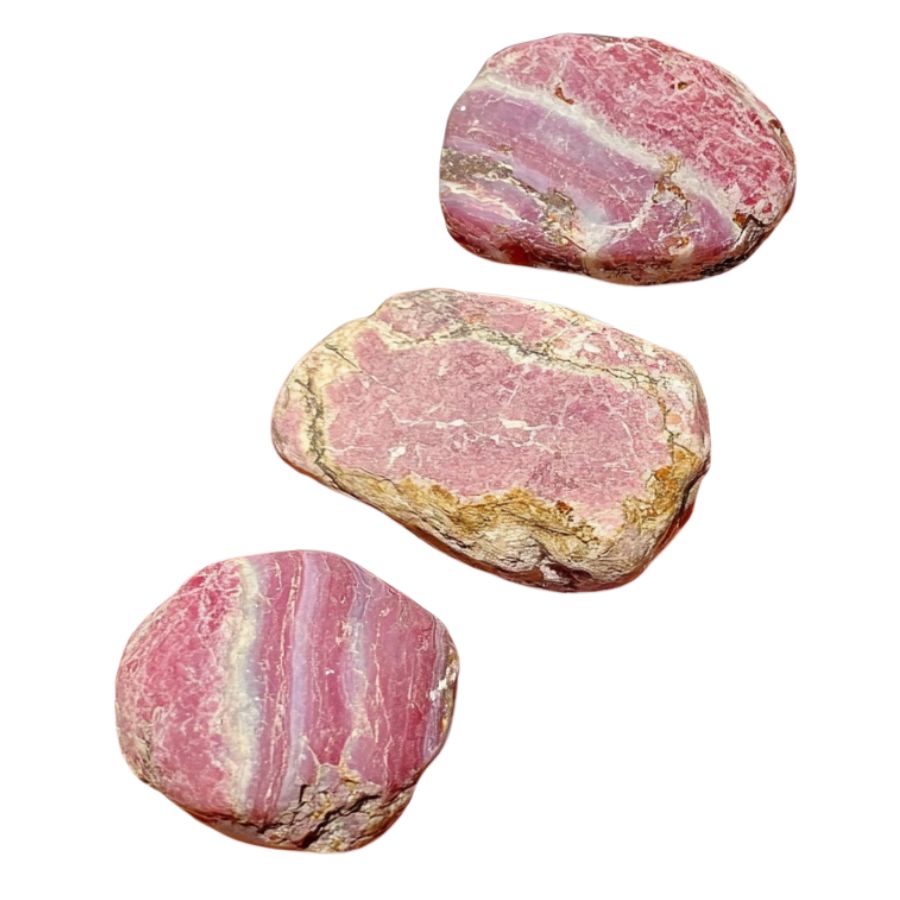
The most obvious telltale sign is its color – typically a warm, rosy pink to deep red. But here’s the thing: it’s not just one solid color. You’ll often spot subtle bands or zones of different pink shades.
Sometimes, you might see hints of brown or even light orange. Don’t dismiss it if it’s not perfectly pink – natural rhodochrosite can be surprisingly varied. The deeper, more saturated reds usually indicate higher-quality specimens.
Check for the Distinctive Crystal Structure
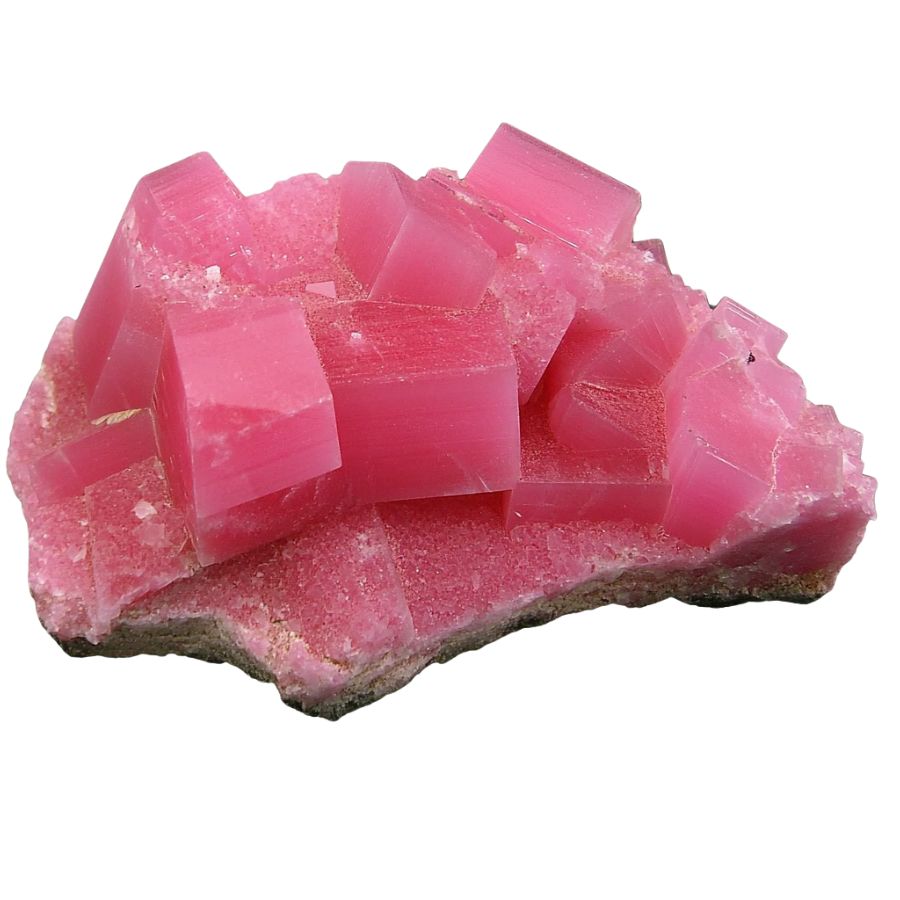
Unlike many minerals, rough rhodochrosite often forms in rhombohedral crystals. Look for angular edges and faces that meet at about 73 degrees. Sometimes you’ll find it in curved, saddle-shaped crystals (super unique!).
The crystals can be transparent to translucent, and they might appear in clusters or as individual specimens.
Examine the Surface Texture and Patterns
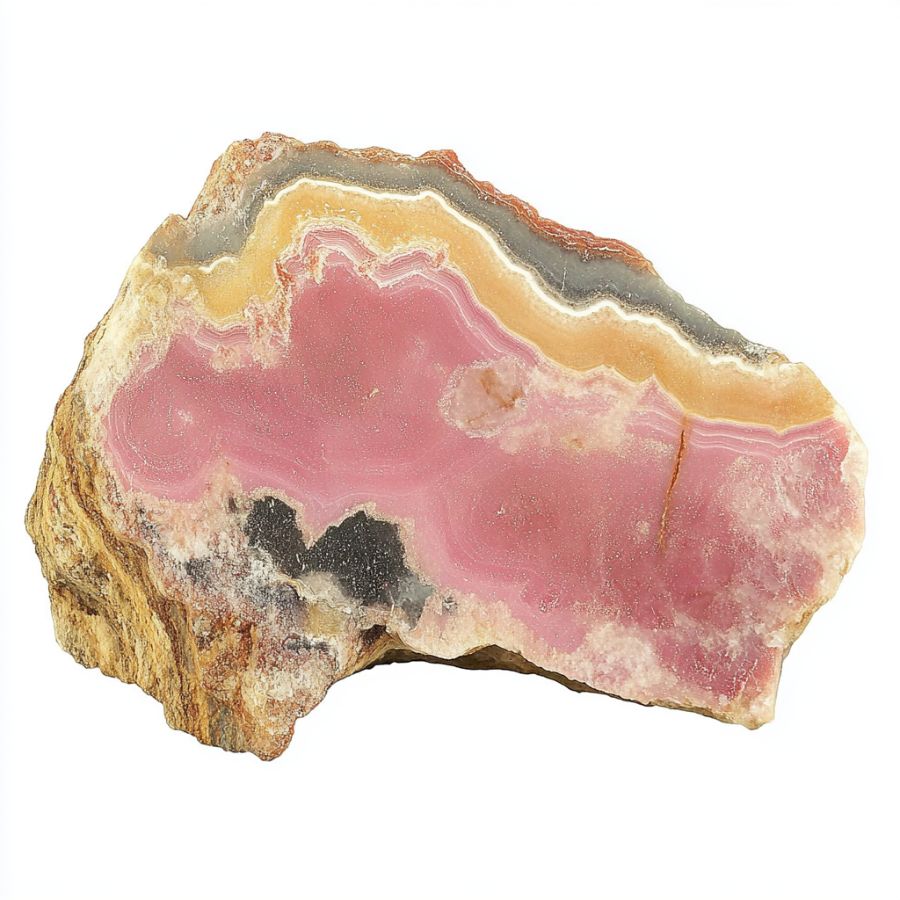
Run your fingers over the surface – rhodochrosite typically has a pearly to vitreous (glass-like) luster. Fresh breaks will show this best.
You might notice concentric banding patterns, especially in massive specimens. These bands often alternate between lighter and darker shades of pink. The surface might feel slightly smooth but not quite as glassy as quartz.
Test the Hardness and Fragility
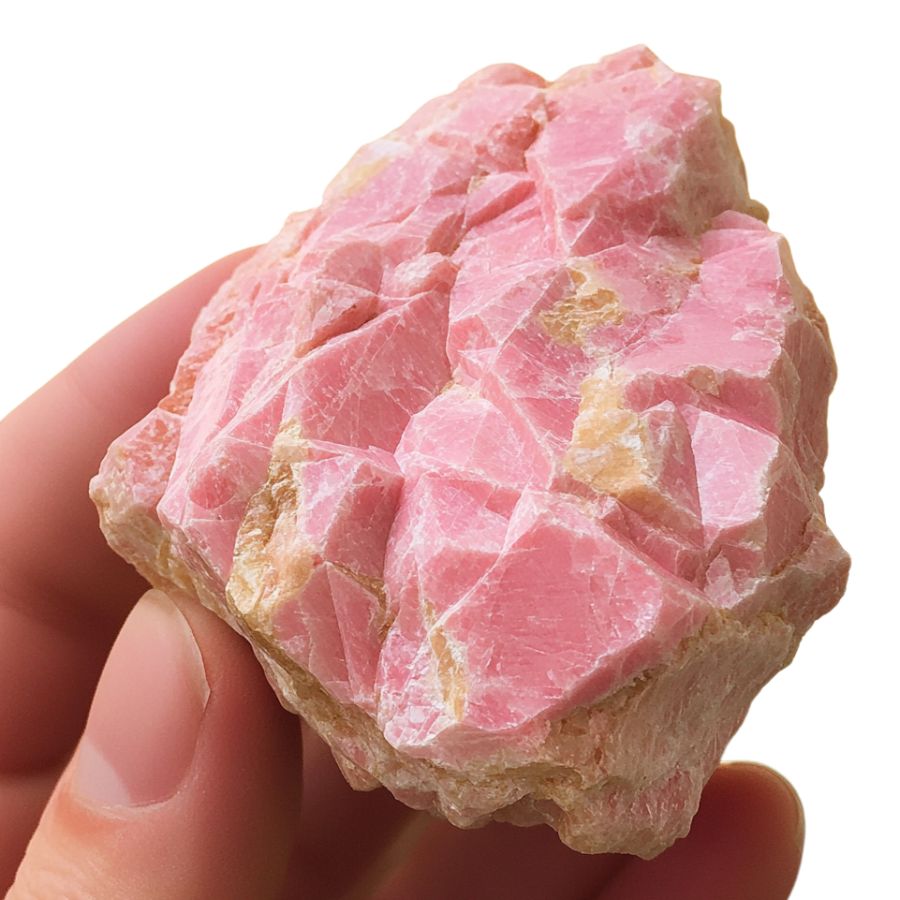
Here’s a crucial tip: rhodochrosite is relatively soft (3.5-4 on the Mohs scale). Try scratching it gently with a copper penny – if it scratches easily, you might have rhodochrosite.
Be gentle though! It’s pretty delicate and can break along cleavage planes. This softness and brittleness help distinguish it from similar-looking minerals like rose quartz, which is much harder.
A Quick Request About Collecting
Always Confirm Access and Collection Rules!
Before heading out to any of the locations on our list you need to confirm access requirements and collection rules for both public and private locations directly with the location. We haven’t personally verified every location and the access requirements and collection rules often change without notice.
Many of the locations we mention will not allow collecting but are still great places for those who love to find beautiful rocks and minerals in the wild without keeping them. We also can’t guarantee you will find anything in these locations since they are constantly changing.
Always get updated information directly from the source ahead of time to ensure responsible rockhounding. If you want even more current options it’s always a good idea to contact local rock and mineral clubs and groups
Tips on Where to Look
Rhodochrosite is a pink to rose-red mineral that often forms in veins and cavities. Here’s where you can typically find this beautiful stone while rockhounding in accessible locations across the US.
Abandoned Mine Areas
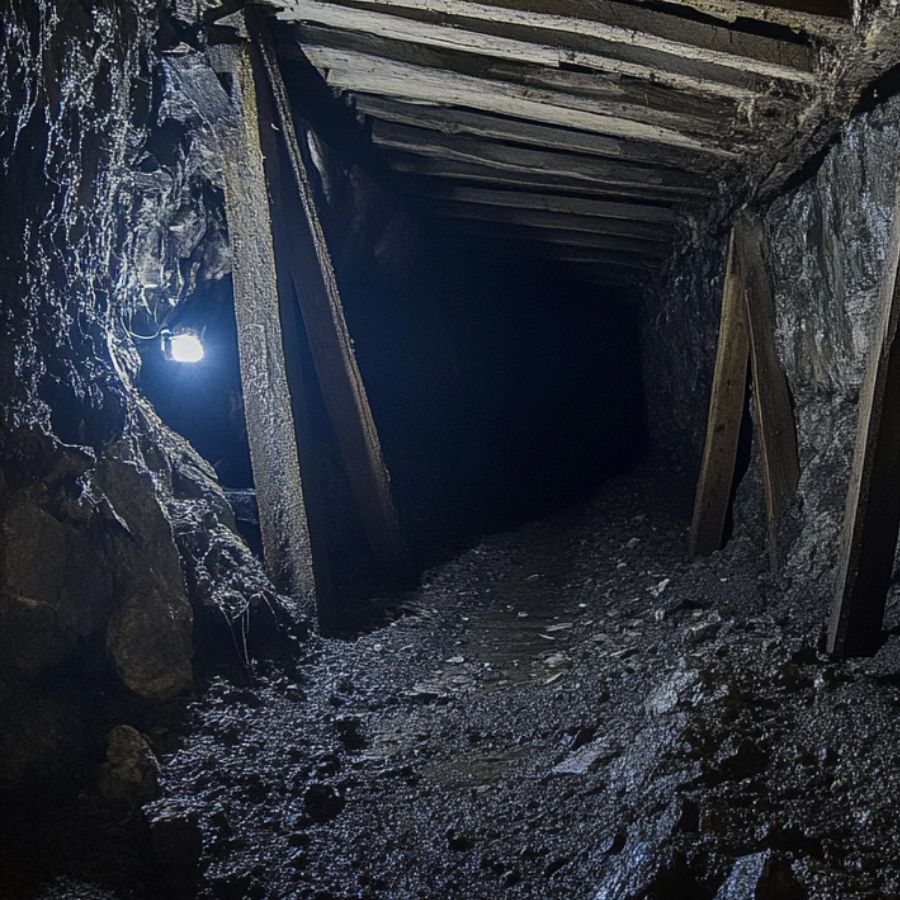
Old mines are great spots to find rhodochrosite. Check the mine dumps and tailings piles where miners discarded unwanted material. These areas often contain smaller pieces that weren’t commercially valuable but are perfect for collectors.
Look for pink-colored rocks in manganese-rich waste piles. The stone frequently appears alongside black manganese minerals, which can serve as a helpful indicator when searching.
Sometimes, you might get lucky and find specimens with beautiful banding patterns that were overlooked during mining operations.
Sedimentary Rock Formations
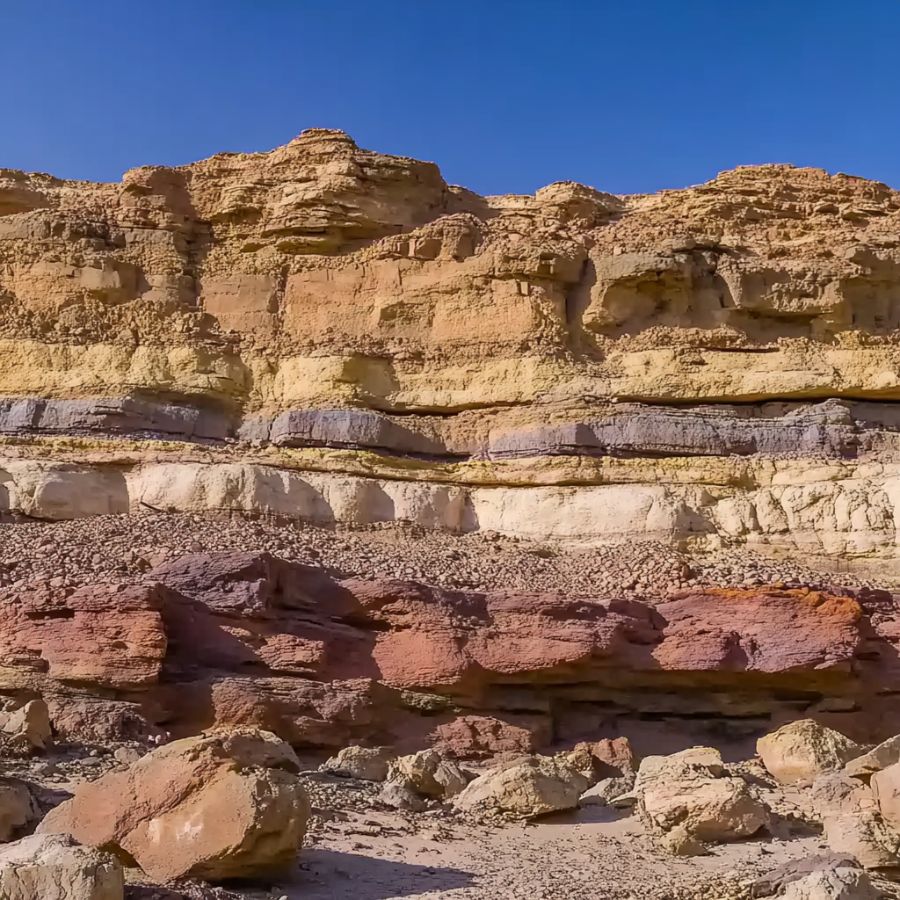
Many sedimentary rocks, especially those containing lots of manganese and calcium carbonate, can host rhodochrosite. Look for areas where limestone and dolomite are common. The stone often forms in the cracks and spaces between these rocks.
While exploring these formations, pay special attention to areas where water has carved out natural exposures, as these spots might reveal hidden rhodochrosite deposits that have been naturally weathered out over time.
Mountain Stream Beds
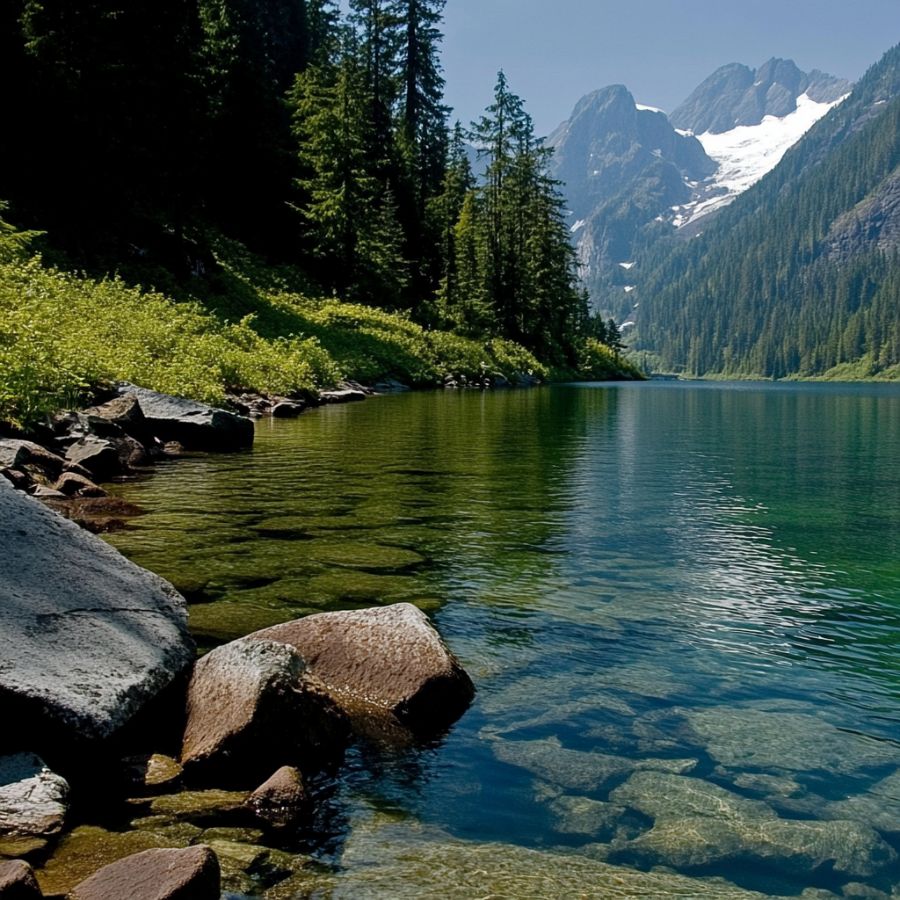
Stream beds in mountainous regions are excellent places to search. Focus on areas where the water has cut through manganese-rich rock formations, as the stream’s natural tumbling action often exposes and smooths rhodochrosite pieces.
During your search, concentrate on spots where the water slows down and creates natural collection points, such as behind large boulders or in quiet pools, because these areas tend to accumulate heavier minerals including rhodochrosite fragments that have broken free from their original source.
Some Great Places To Start
Here are some of the better places in the state to start looking for Rhodochrosite:
Always Confirm Access and Collection Rules!
Before heading out to any of the locations on our list you need to confirm access requirements and collection rules for both public and private locations directly with the location. We haven’t personally verified every location and the access requirements and collection rules often change without notice.
Many of the locations we mention will not allow collecting but are still great places for those who love to find beautiful rocks and minerals in the wild without keeping them. We also can’t guarantee you will find anything in these locations since they are constantly changing.
Always get updated information directly from the source ahead of time to ensure responsible rockhounding. If you want even more current options it’s always a good idea to contact local rock and mineral clubs and groups
Gloucester
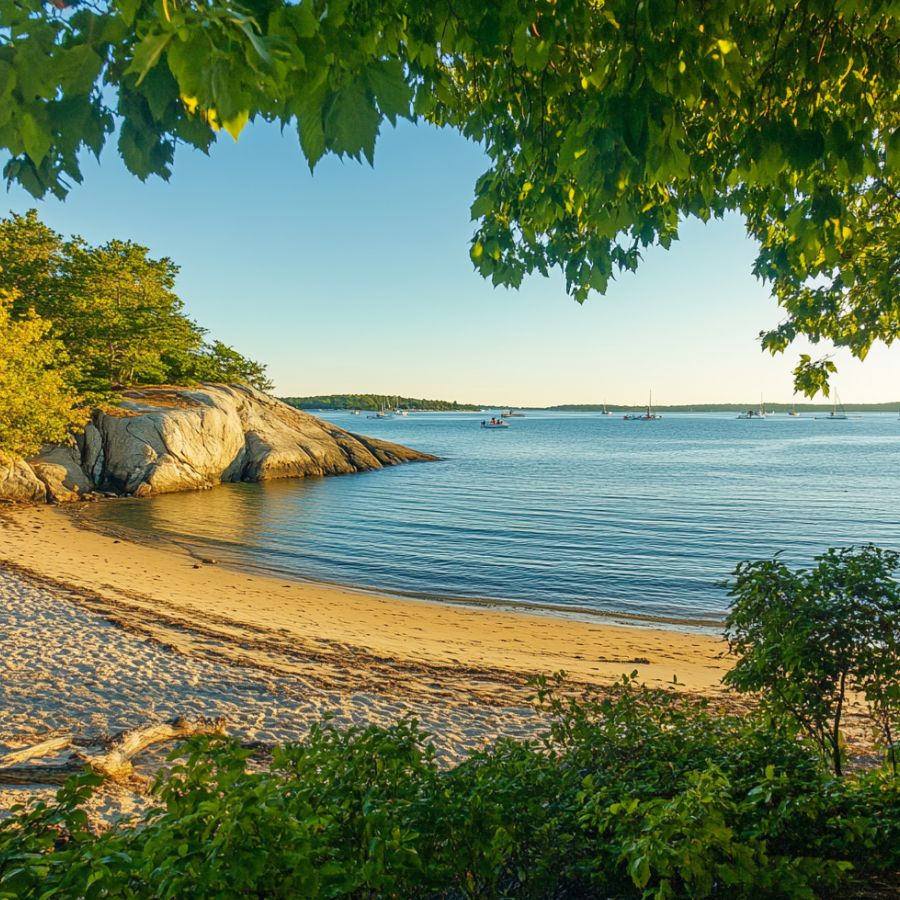
Gloucester sits on the coast of Essex County. This city dates back to 1623 and has a strong connection to the sea. Granite forms much of the land here, creating a special home for minerals.
To find rhodochrosite, head to the road cut along State Route 128 near Cherry Hill. The pink mineral hides in cracks within the gray granite. The contrast makes it easy to spot if you look carefully.
Many old quarries dot the landscape from when people cut granite for buildings. These cuts in the earth reveal hidden treasures for rock collectors. Devil’s Rock Quarry is worth checking out as its walls might hold rhodochrosite.
Railcut Hill offers another good hunting ground. When they made the railway, they sliced through rock layers, showing what’s normally hidden underground. Besides rhodochrosite, keep an eye out for green malachite, blue azurite, and clear gypsum crystals that formed in the same conditions.
Hawley
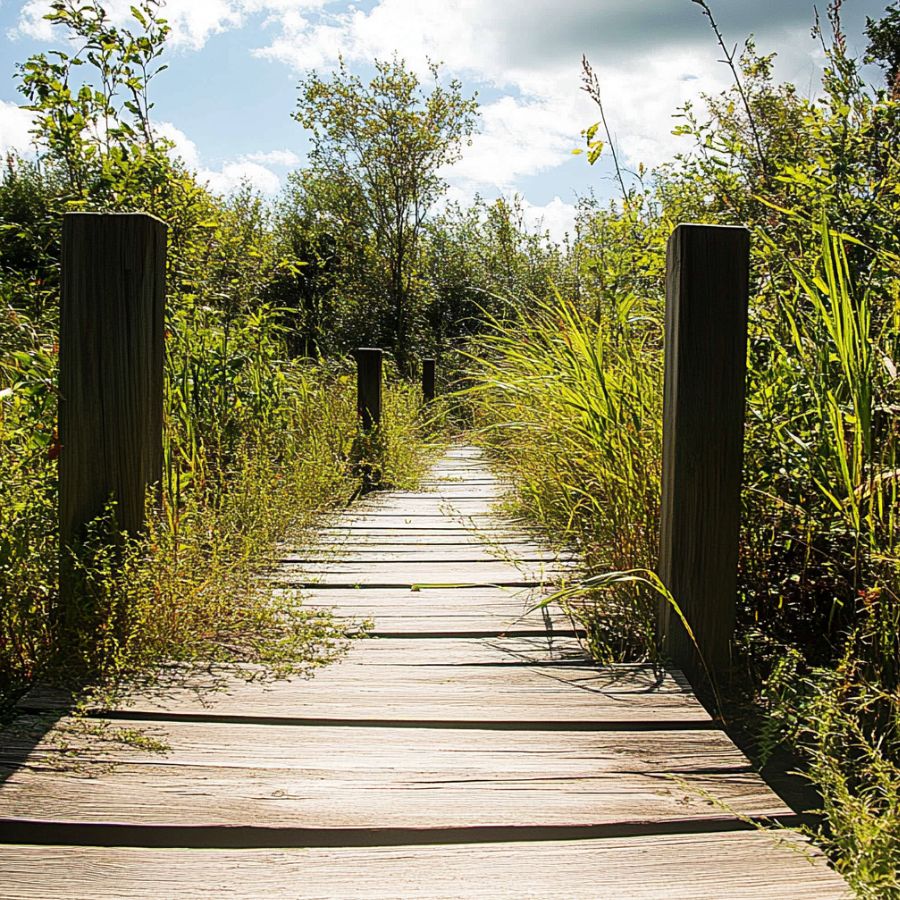
Hawley, a town founded in 1792, is located in the northern Berkshires of Franklin County. Brooks and streams cross the land, flowing into the Chickley River. The town includes the special Hawley Bog, one of few preserved bogs in Massachusetts.
The rocks here tell an ancient story. Long ago, mud at the bottom of a sea was squeezed and heated until it changed into schist rock. Scientists call this the Hawley Formation. Inside this special rock, rhodochrosite formed.
Miners once dug for iron at Forge Hill in West Hawley. Today, these old mines offer chances to find rhodochrosite. Look for the pinkish mineral near green crystals locals call “crowsfoot” because of their shape.
Water moving through rocks rich in manganese created perfect conditions for rhodochrosite to grow. Check the piles of rock left by miners and exposed rock faces. Each rainstorm might wash away dirt to reveal new specimens waiting to be discovered.
Cummington

Cummington in Hampshire County, made its mark in rock history when scientists discovered a new mineral here in 1824. They named it “cummingtonite” after the town.
Pink rhodochrosite waits for rock hunters in West Cummington. The best place to look is the old Betts Mine. Workers once dug here for manganese, and rhodochrosite was one of their finds.
The rocks here went through changes when the mountains formed. Heat and pressure created just the right conditions for the pink mineral to grow in cracks and spaces.
When visiting Cummington, bring a rock hammer and safety glasses. The rhodochrosite often hides in larger chunks of rock. Sometimes it forms alongside other minerals, creating beautiful patterns in the stone. The pink color stands out when you crack open a promising rock.
Plainfield
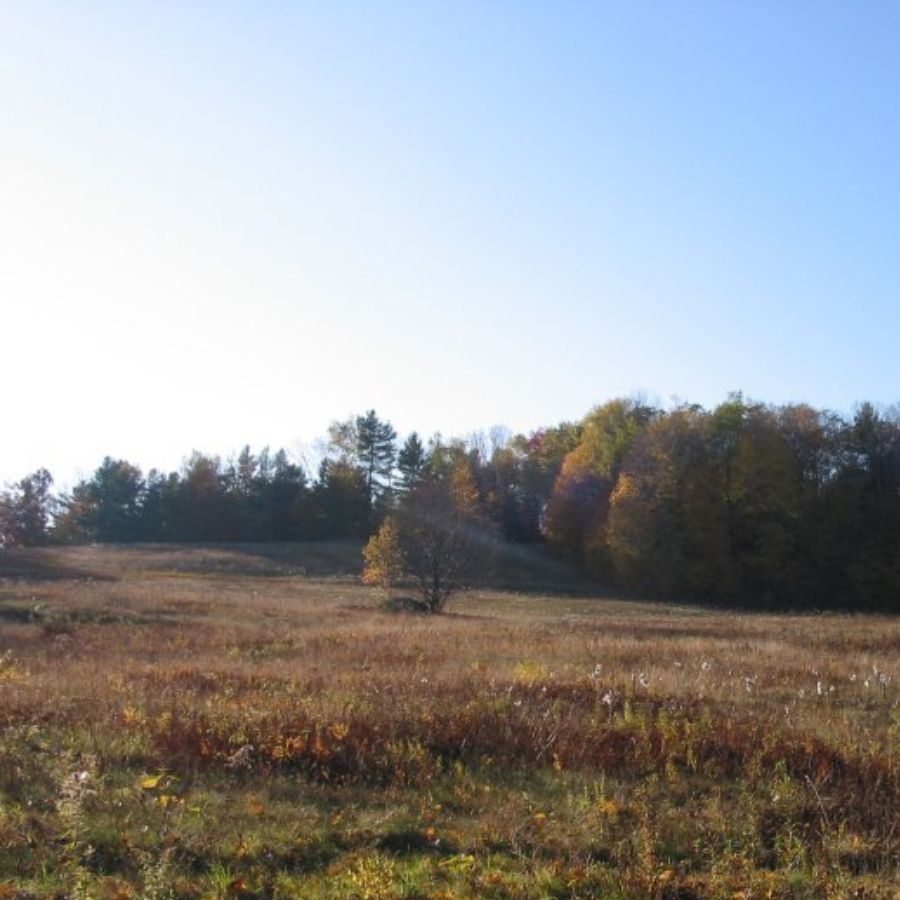
At 1,620 feet above sea level, Plainfield ranks among the highest towns in Massachusetts. It sits where Hampshire, Franklin, and Berkshire Counties meet. West Mountain reaches 2,125 feet, the highest point in Hampshire County.
For rock collectors, the Anson Betts Mine offers exciting possibilities. This old manganese mine left behind huge piles of rock material. Dig through these tailings to find pink rhodochrosite mixed with other minerals.
Want to know a special spot? Behind the flooded part of the quarry stands a back wall. At its base runs a 4 to 6-foot wide mineral vein with rhodochrosite. Getting there means climbing down a steep 15-foot wall (not for beginners).
A local group called Earthdance sometimes lets people hunt for minerals on the old mine property. You might also find rhodonite, garnets, magnetite, and pyrite while searching. Each rainstorm washes the rocks clean, revealing new treasures.
Manhan River
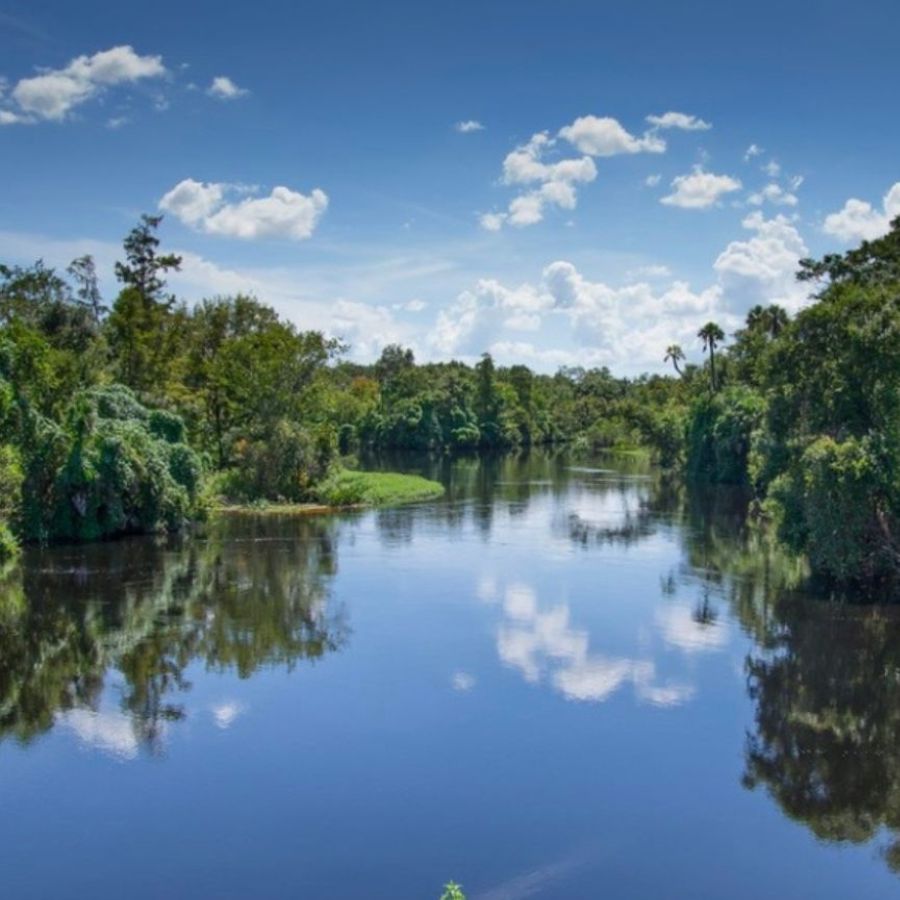
Starting near Huntington and Westhampton, the Manhan River winds for 27.6 miles through western Massachusetts. It passes through two reservoirs before joining the Connecticut River at a bend called The Oxbow.
From this river, you can see beautiful views of Mount Tom. Long ago, sawmills and button factories used the river’s power. But the area holds another treasure, mineral deposits near Easthampton.
The Loudville Lead Mines (sometimes called Manhan Mines) contain piles of leftover rock from old mining operations. These tailings hold rhodochrosite waiting to be discovered. The pink mineral formed as water carrying manganese seeped through cracks in the sandstone bedrock.
The rhodochrosite might be in small pieces or part of larger rocks. Fall is a great time to visit, the colorful leaves add beauty to your rock hunting adventure. You might also find pyrite with its gold sparkle or chalcopyrite with its rainbow colors.
Places Rhodochrosite has been found by County
After discussing our top picks, we wanted to discuss the other places on our list. Below is a list of the additional locations along with a breakdown of each place by county.
| County | Location |
| Franklin | Hawley Mineral Collecting Area |
| Hampshire | Pelham Pegmatite Quarries |
| Hampden | Westfield River |
| Hampshire | Chesterfield Gorge |
| Franklin | Deerfield River |
| Worcester | Fiske Hill |
| Hampden | Hampden Basalt Flow |
| Franklin | Leverett |
| Hampden | Monson |
| Hampshire | Northampton |
| Franklin | Orange |
| Worcester | Petersham |
| Franklin | Rowe |
| Franklin | Shelburne Falls |
| Franklin | Shutesbury |
| Worcester | Sterling |
| Franklin | Sunderland |
| Franklin | Warwick |
| Hampshire | Westhampton |
| Franklin | Whately |
| Hampshire | Williamsburg |


